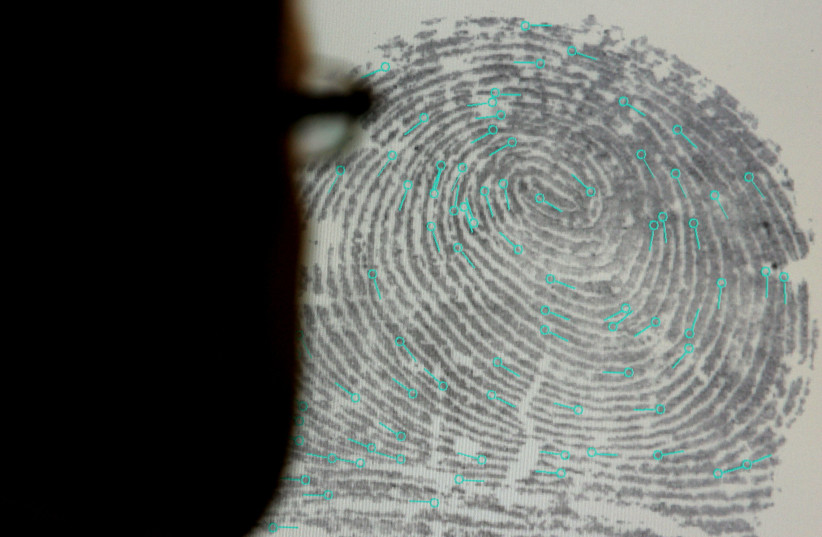Just as any fingerprint is unique, the same holds for our tongues, according to researchers in Scotland and England who used artificial intelligence (AI) and 3D images to reach their conclusion. Their results offer an unprecedented insight into the biological make-up of our tongue’s surface and how our sense of taste and touch differ from person to person.
The research from University of Edinburgh’s School of Informatics, in collaboration with the University of Leeds, has huge potential for discovering individual food preferences, developing healthy food alternatives and early diagnosis of oral cancers in the future, they said.
The team published their findings in the journal Scientific Reports under the title “Machine learning and topological data analysis identify unique features of human papillae in 3D scans.” The senior author was Prof. Rik Sakar, an expert in data science at the Scottish university, and he was assisted by his doctoral student Rayna Andreeva.
“The human tongue is a highly sophisticated and complex organ. Its surface is made up of hundreds of small buds known as papillae that help us taste, talk and swallow. Of these numerous projections, the mushroom-shaped fungiform papillae hold our taste buds, while the crown-shaped filiform papillae give the tongue its texture and sense of touch,” they wrote.
The taste function of our fungiform papillae has been well researched but little has been known about the difference in shape, size and pattern of both forms of papillae between individuals. Women are believed to have more fungiform papillae and are classed more frequently as “taste supertasters.”

Using artificial intelligence to map out biology
The team trained AI computer models to learn from 3D microscopic scans of the human tongue that showed the unique features of papillae. They fed the data from over two thousand detailed scans of individual papillae – taken from silicone molds of 15 people’s tongues – to the AI tool. The AI models were designed to gain a better understanding of individual features of the participant’s papillae and to predict the age and gender of each volunteer.
The team used small amounts of data to train the AI models about the different features of the papillae, combined with a significant use of topology – an area of mathematics that studies how certain spaces are structured and connected.
This made it possible for the AI tool to predict the type of papillae to within 85% accuracy and to map the position of filiform and fungiform papillae on the tongue’s surface. Remarkably, the papillae were also found to be distinctive across all of the subjects, and individuals could be identified with an accuracy of 48% from a single papilla.
“This study brings us closer to understanding the complex architecture of tongue surfaces. We were surprised to see how unique these micron-sized features are to each individual. Imagine being able to design personalized food customized to the conditions of specific people and vulnerable populations and thus ensure they can get proper nutrition whilst enjoying their food,” said Sakar.
“We are now planning to use this technique combining AI with geometry and topology to identify micron-sized features in other biological surfaces. This can help in early detection and diagnosis of unusual growths in human tissues. The subject needs further study not only for the papillae, but also for other kinds of biological surfaces and medical conditions.”
